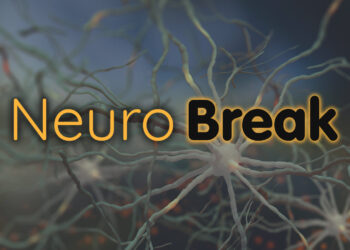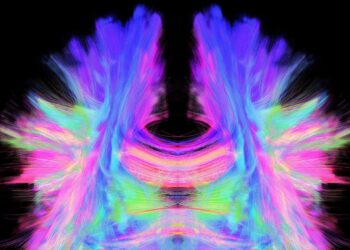TOPLINE:
Transcranial electrical stimulation (tES) was associated with reduced depressive symptoms in a new meta-analysis – but individual types of tES were linked to different outcomes. Transcranial direct current stimulation (tDCS) was associated with greater improvements in patients with psychiatric or medical comorbidities compared to those with major depressive disorder (MDD) alone, while transcranial alternating current stimulation (tACS) was associated with reduced MDD symptoms and increased response rates.
METHODOLOGY:
- Researchers conducted a systematic review and meta-analysis of 88 randomized clinical trials.
- The data included more than 5500 participants (mean age, 43 years; 60% women) with MDD, depression with medical comorbidities, or depression with psychiatric comorbidities.
- The investigators evaluated tES modalities, including tDCS (79 trials), tACS (six trials), and transcranial random noise stimulation, or tRNS (three trials), compared with sham or other treatment modalities.
- Primary outcomes included depression severity, rates of response and remission, and adverse events (AEs).
TAKEAWAY:
- tES overall vs sham or no treatment was associated with a reduction in depressive symptoms (standardized mean difference [SMD], -0.59) and a greater improvement in patients with medical (SMD, -1.05) or physical comorbidities (SMD, -0.78). Mild to moderate AEs were more frequent with tES vs sham treatment.
- tDCS was associated with significantly reduced depressive symptoms in patients with medical (SMD, -1.05) or physical comorbidities (SMD, -0.88), but not with MDD only. Active tDCS plus antidepressant use vs sham tDCS plus the medication was linked to a reduction in MDD symptoms (SMD, -0.51) and an increase in response rates (odds ratio [OR], 2.25).
- Compared with sham treatment, tACS was linked to a significant reduction in MDD symptoms (SMD, -0.58) and to a greater likelihood of increased response rates (OR, 2.07).
- Anodal left dorsolateral prefrontal cortex stimulation was associated with improved outcomes. Transcranial random noise stimulation was not associated with significant improvements in any type of depressive symptoms or response rates.
IN PRACTICE:
“These findings suggest that tES is well-tolerated, associated with mild to moderate AEs, and poses a minimal risk of serious AEs. Future research should study ideal stimulation parameters and individualize tES interventions,” the investigators wrote.
SOURCE:
The study was led by Caili Ren, MD, Mayo Clinic, Rochester, Minnesota. It was published online on June 18 in JAMA Network Open.
LIMITATIONS:
Limited data on tACS and tRNS, with most of the studies’ findings reflecting tDCS, led to an inability to perform robust subgroup analyses. Other limitations included potential confounding in categorizing tDCS monotherapy vs combined therapy when medication use was unspecified; a lack of stratification by depression severity; incomplete safety profiling because more than 40% of the studies did not report AEs; and potential publication bias in tDCS vs sham comparisons, especially in depression with medical comorbidities.
DISCLOSURES:
The study was funded by the Mayo Clinic and the National Center for Advancing Translational Sciences. One investigator reported numerous disclosures, including being a paid member of corporate scientific advisory boards and a co-founder and/or chief medical officer of another company. He also reported receiving grants from several foundations and holding patents on real-time integration of transcranial magnetic stimulation with electroencephalography and MRI. Additional disclosures are fully listed in the original article.
This article was created using several editorial tools, including AI, as part of the process. Human editors reviewed this content before publication.
Source link : https://www.medscape.com/viewarticle/which-brain-stim-offers-best-outcomes-depression-2025a1000icm?src=rss
Author :
Publish date : 2025-07-10 19:15:00
Copyright for syndicated content belongs to the linked Source.









